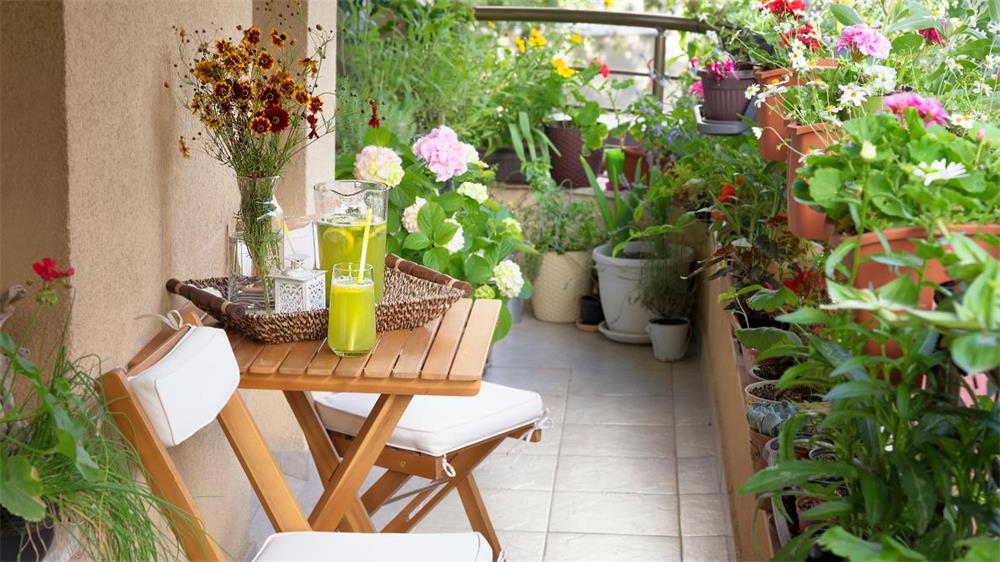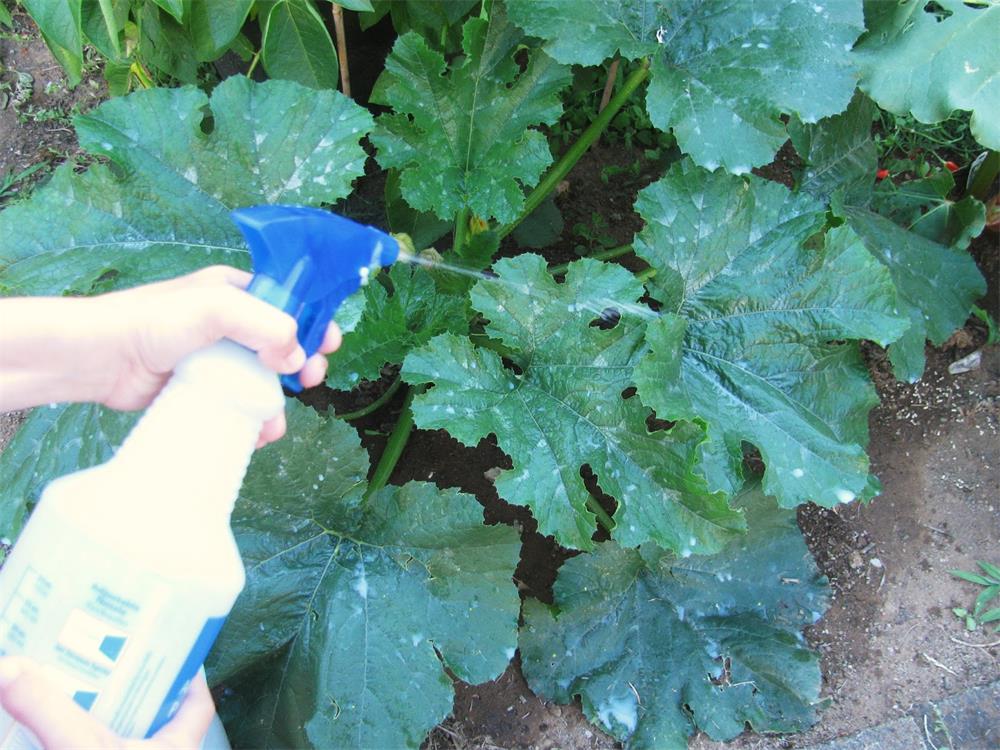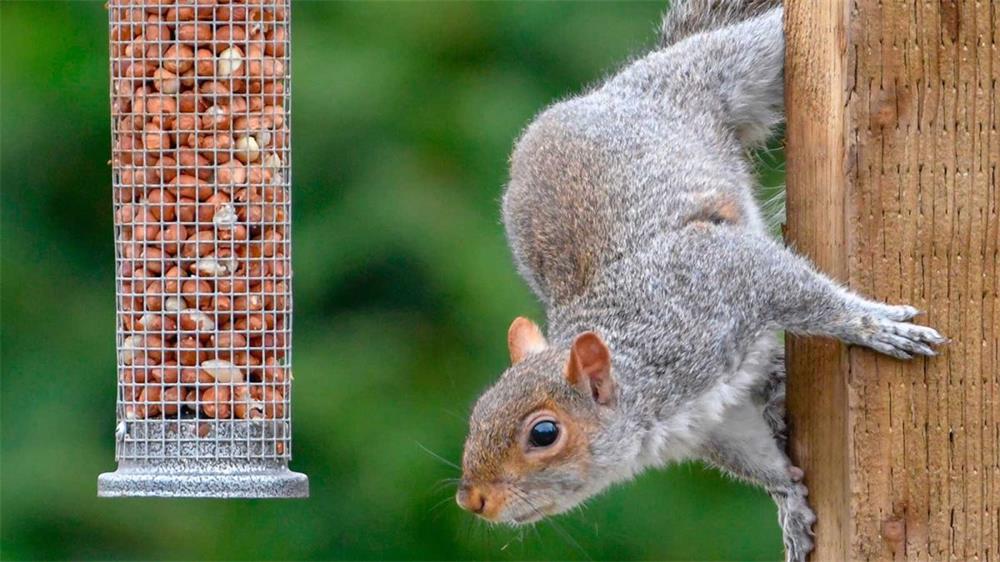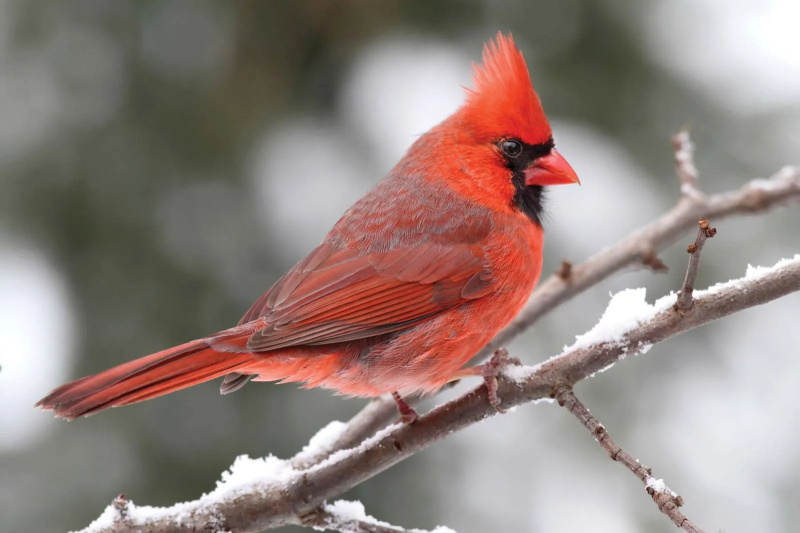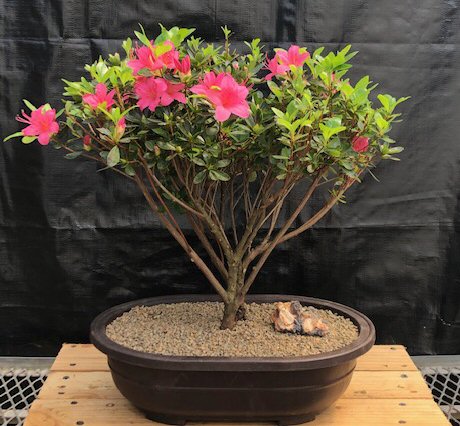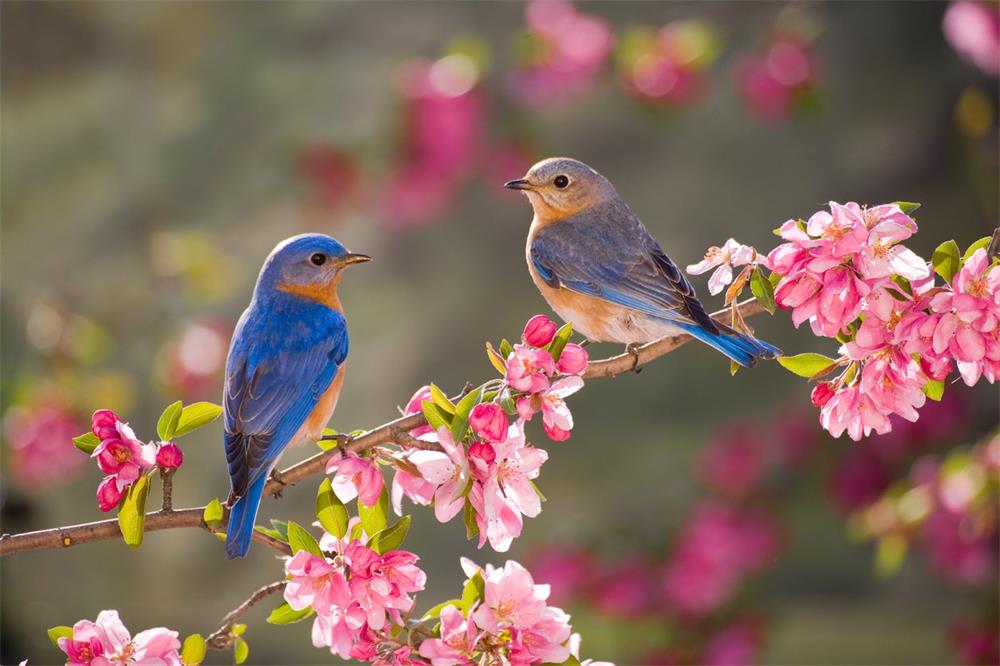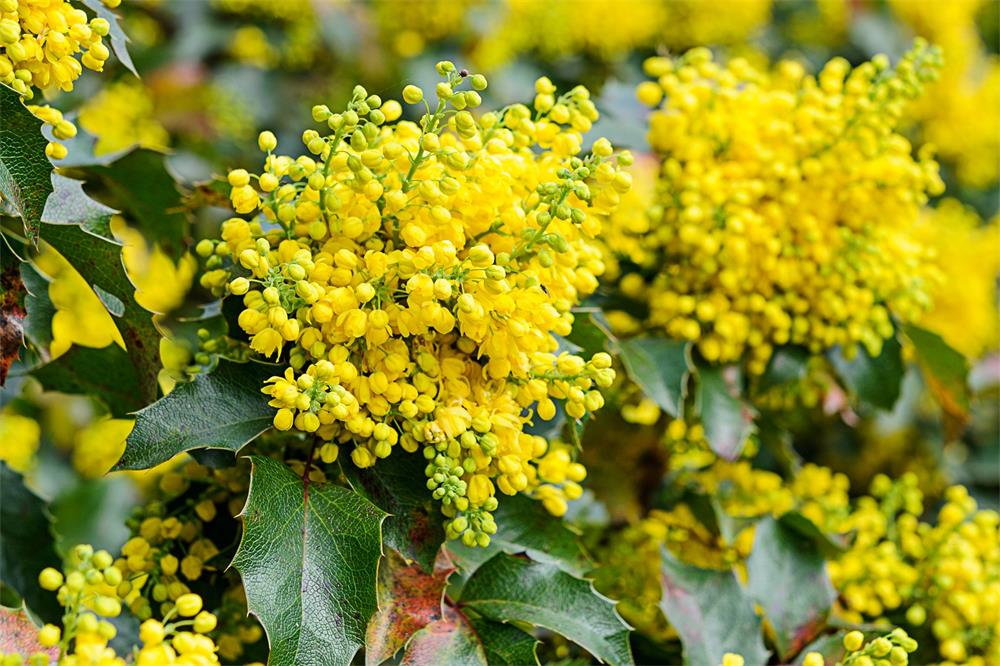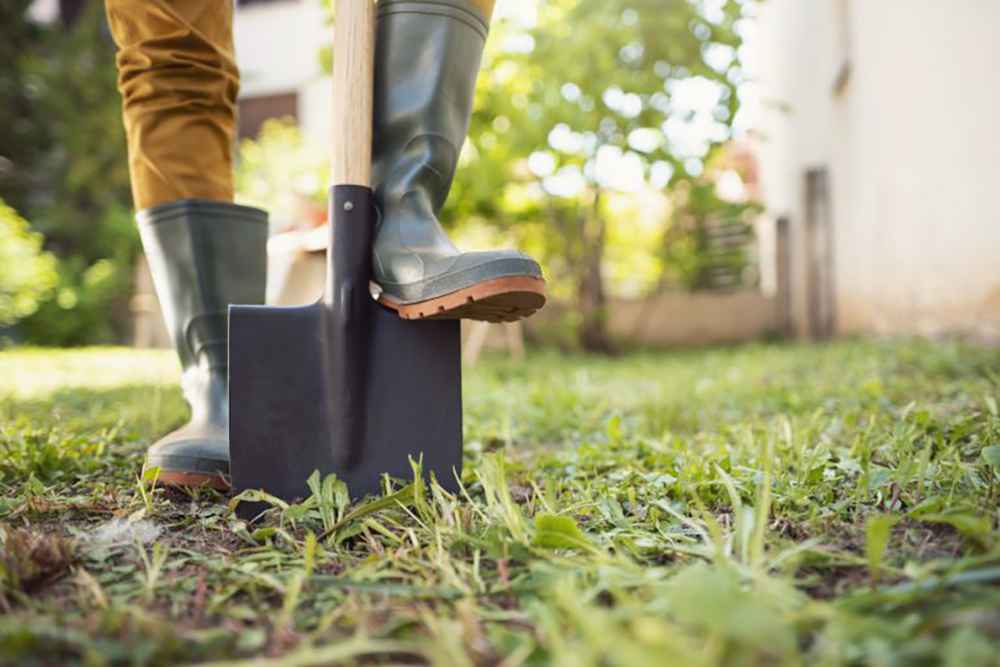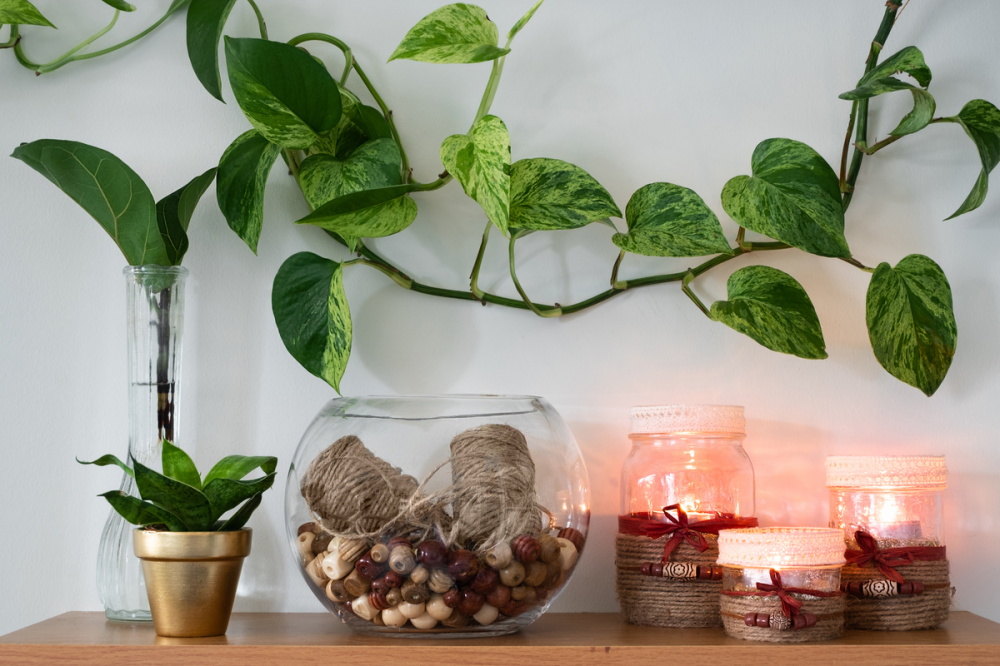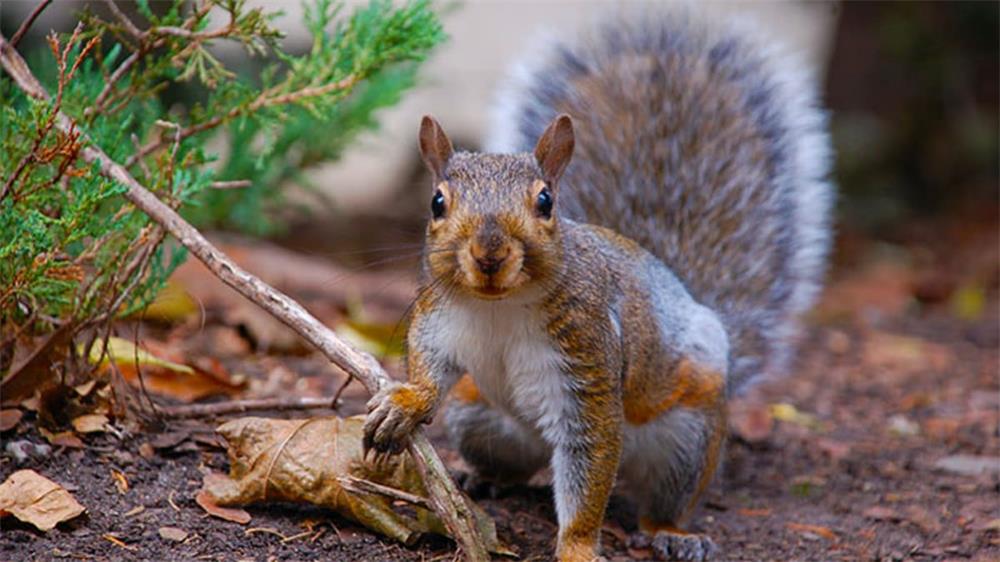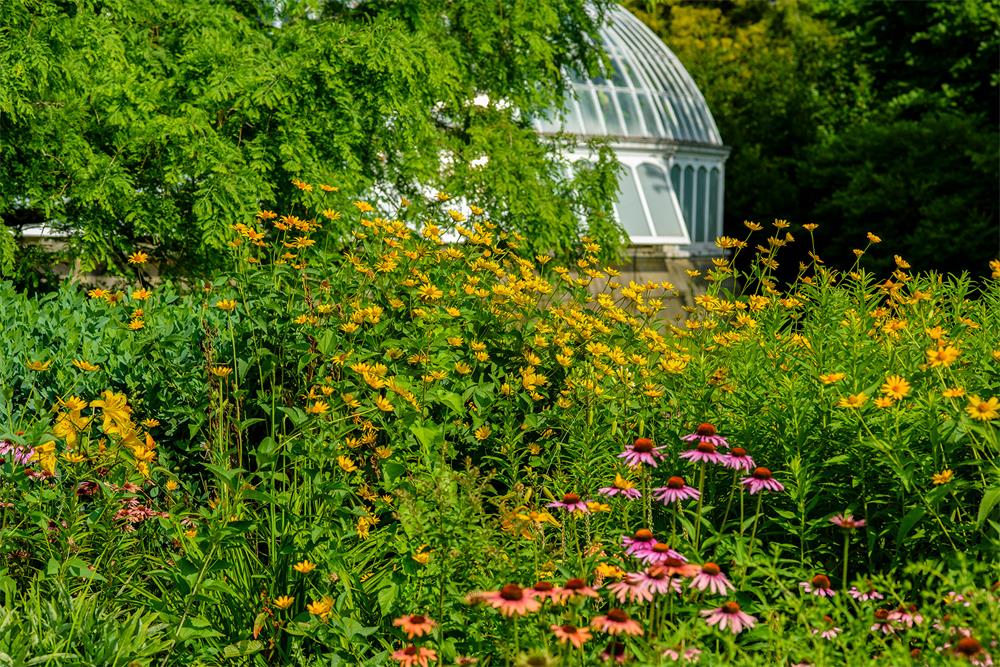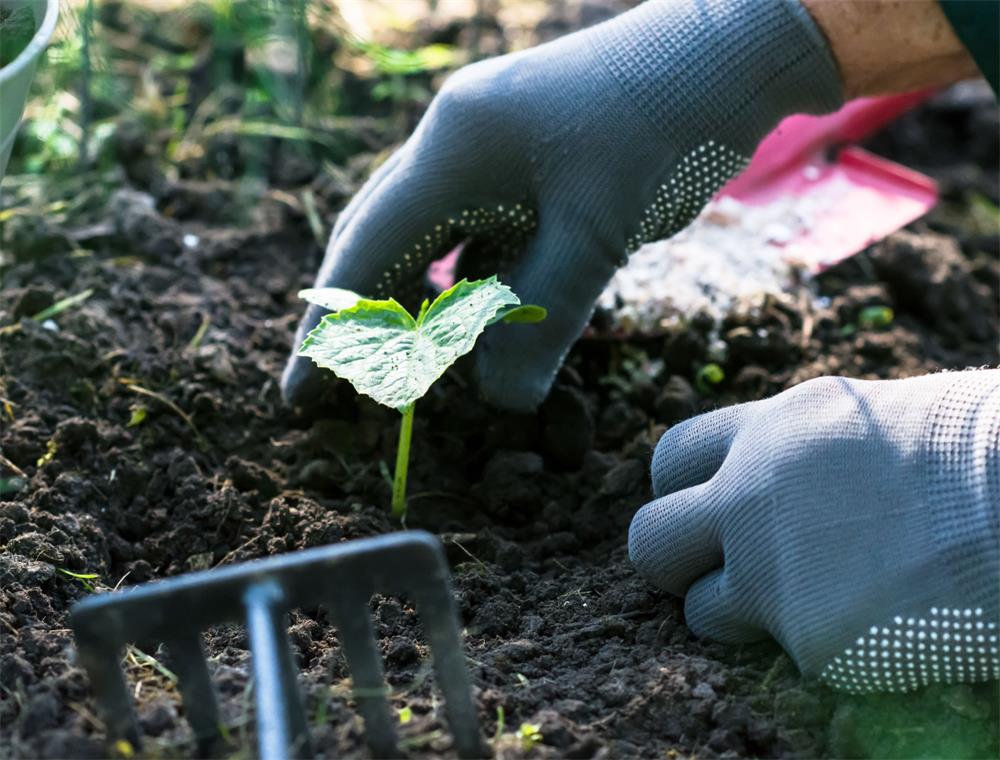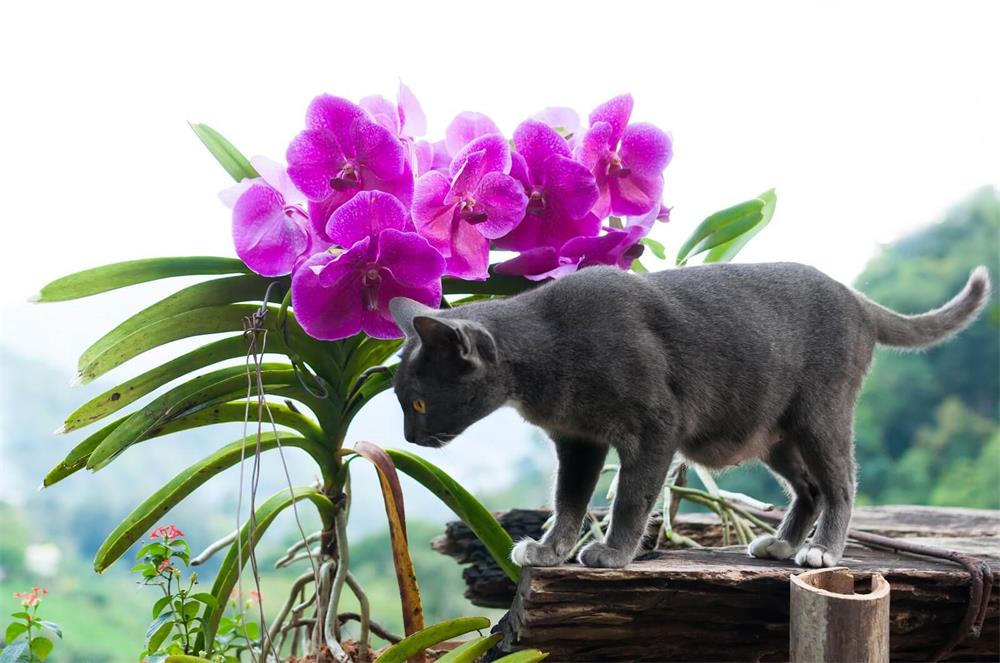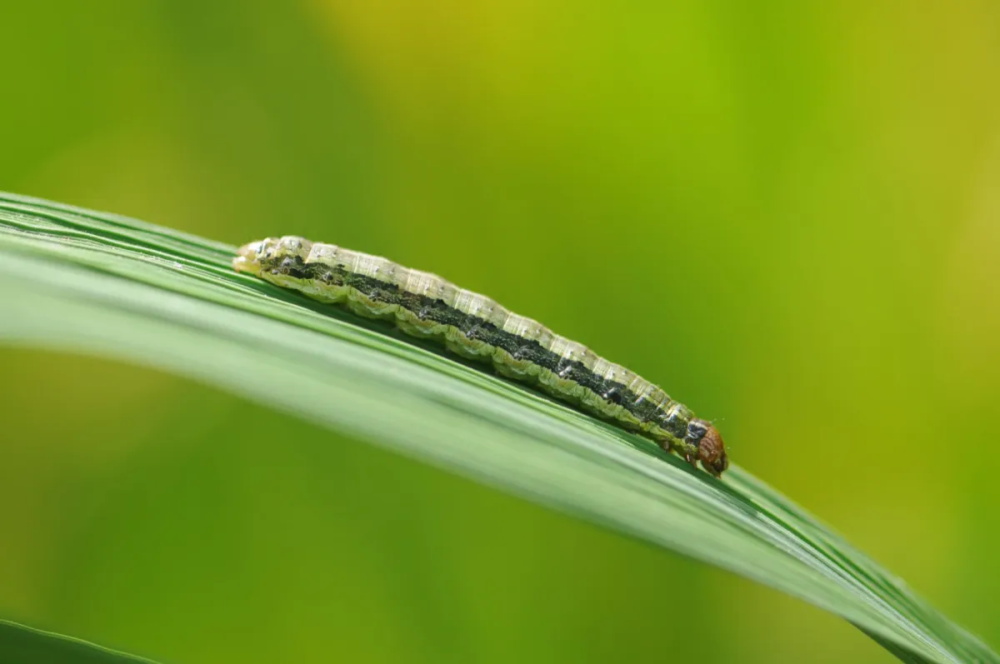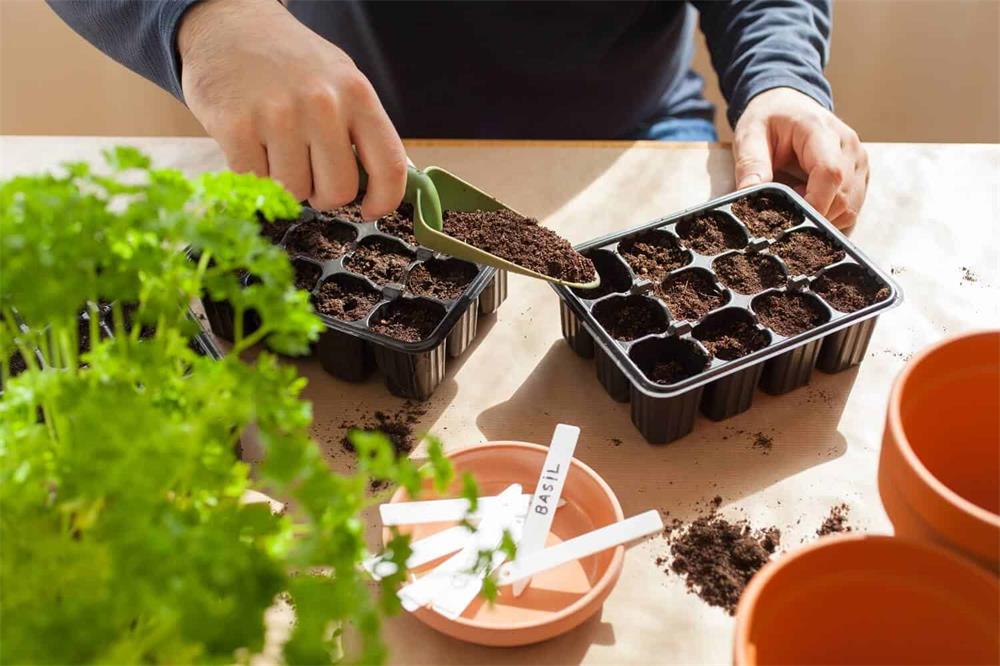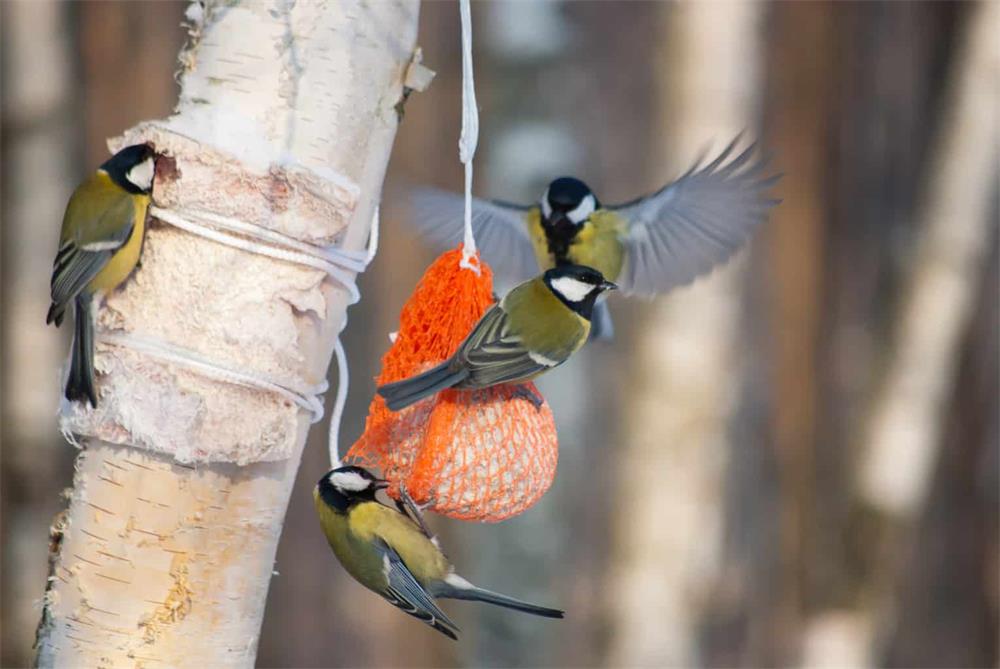
Table of Contents
If you love watching birds and want to see more of them in your yard, you might be wondering how to make your place more appealing to them. Birds are not only beautiful and fun to observe, but they also provide many benefits for your garden, such as pollinating flowers, eating pests, and spreading seeds. By providing them with what they need most: food, water, shelter, and nesting sites, you can turn your backyard into a bird paradise.
Here are some tips on how to attract new birds to your backyard and enjoy their company all year round.
1. Offer a variety of foods and feeders
One of the easiest and most effective ways to attract new birds to your backyard is to offer them different types of foods and feeders. Different birds have different preferences and dietary needs, so by giving them a choice, you can appeal to a wider range of species.
Some of the best foods to offer birds are:
- Black oil sunflower seeds: These are the most popular seeds among songbirds, such as cardinals, blue jays, grosbeaks, and chickadees. They are high in fat and protein, which provide energy and warmth for birds.
- Suet: This is a type of animal fat that is often mixed with seeds, nuts, berries, or insects. It is a great source of calories for birds that need a lot of energy, such as woodpeckers, nuthatches, wrens, and titmice.
- Nectar: This is a sweet liquid that attracts hummingbirds, orioles, woodpeckers, and other nectar-loving birds. You can make your own nectar by mixing one part sugar with four parts water and boiling it for a few minutes. Change the nectar every few days to prevent mold and bacteria growth.
- Fruit: Many birds enjoy eating fresh or dried fruits, such as oranges, apples, grapes, raisins, or berries. You can offer fruit chunks on a platform feeder or in a mesh bag. Fruit can also attract insects that some birds feed on.
- Nuts: Peanuts, walnuts, almonds, and other nuts are rich in protein and fat for birds. You can offer whole or shelled nuts on a tray feeder or in a wire mesh feeder. Peanut butter is also a favorite treat for many birds, but make sure to use unsalted and natural peanut butter.
- Millet: This is a small white seed that is often found in mixed bird seed. It is preferred by ground-feeding birds, such as sparrows, doves, quail, and juncos.
- Nyjer: This is a tiny black seed that is also known as a thistle seed. It is loved by finches, siskins, redpolls, and other small birds. You can offer Nyjer in a special tube feeder with small holes or in a mesh sock feeder.
Some of the best feeders to use are:
- Hopper feeder: This is a box-shaped feeder with a roof and a tray that holds seeds. It is sturdy and can accommodate large birds like cardinals and bluejays. It also protects the seeds from rain and snow.
- Tube feeder: This is a cylindrical feeder with several perches and holes that dispense seeds. It is ideal for small birds like chickadees and finches. It also prevents squirrels from raiding the seeds.
- Platform feeder: This is a flat tray that can hold any type of food. It is easy to clean and refill. It attracts a wide range of birds, including ground feeders like sparrows and doves.
- Saucer feeder: This is a shallow dish that holds nectar or water. It attracts hummingbirds and other nectar drinkers. It should be placed in a shady spot to prevent the nectar from spoiling.
- Suet feeder: This is a wire cage that holds suet cakes or blocks. It attracts woodpeckers, nuthatches, wrens, and other suet lovers. It should be hung from a tree branch or pole.
When choosing feeders, make sure they are durable, easy to clean, and squirrel-proof. Place them at different heights and locations in your yard to attract different types of birds.
2. Provide water year-round
Water is essential for birds’ survival and well-being. They need water not only for drinking but also for bathing and preening their feathers. By providing water sources in your backyard, you can attract more birds and help them stay healthy.
Some of the best water sources for birds are:
- Birdbath: This is a shallow basin that holds water for birds to drink and bathe in. You can buy a birdbath or make your own from a large dish, a flower pot, or a garbage can lid. You can also add a fountain, a mister, or a dripper to create moving water, which attracts more birds. Make sure to change the water every few days and clean the birdbath regularly to prevent algae and bacteria growth.
- Pond: This is a natural or artificial body of water that can provide habitat and food for birds. You can create a pond in your backyard by digging a hole, lining it with plastic, and filling it with water. You can also add plants, rocks, fish, and other features to make it more attractive and diverse. A pond can attract ducks, geese, herons, kingfishers, and other water birds.
- Bird fountain: This is a decorative structure that sprays water into the air or into a basin. It can provide drinking and bathing water for birds, as well as a soothing sound and a focal point for your yard. You can buy a bird fountain or make your own from a large pot, a pump, and some tubing. You can also add stones, shells, or coins to create different effects.
- Water dish: This is a simple and inexpensive way to provide water for birds. You can use any shallow dish, such as a pie plate, a saucer, or a lid, and fill it with water. You can place it on the ground, on a platform feeder, or on a tree stump. You can also add some pebbles or marbles to give birds something to grip on.
When providing water for birds, make sure to place it in a safe and visible spot, away from predators and disturbances. You should also keep the water fresh and clean by changing it regularly and scrubbing the containers.
3. Create shelter and nesting sites
Birds need shelter and nesting sites to feel safe and comfortable in your backyard. They need places to hide from predators, rest, roost, and raise their young. By creating shelter and nesting sites in your backyard, you can attract more birds and help them thrive.
Some of the best shelter and nesting sites for birds are:
- Trees and shrubs: These are natural shelters and nesting sites for many birds. They provide cover, shade, food, and nesting materials. You should plant native trees and shrubs that are suitable for your climate and soil. You should also avoid pruning or removing them during the nesting season. Some of the best trees and shrubs for birds are oaks, maples, birches, pines, spruces, hollies, dogwoods, viburnums, and berry bushes.
- Nesting boxes: These are artificial shelters and nesting sites for cavity-nesting birds, such as bluebirds, chickadees, wrens, woodpeckers, and owls. You can buy nesting boxes or make your own from wood or metal. You should choose the right size, shape, and entrance hole for the birds you want to attract. You should also place them at the right height and direction in your yard. You should clean them after each nesting season to prevent parasites and diseases.
- Brush piles: These are piles of branches, twigs, leaves, grasses, and other organic materials that provide shelter and food for ground-dwelling birds, such as sparrows, towhees, thrashers, and wrens. They also attract insects and other animals that birds feed on. You can create a brush pile in a corner of your yard by stacking the materials loosely and leaving some gaps and openings. You can also add some rocks or logs to make it more stable and diverse.
- Birdhouses: These are decorative structures that can provide shelter and nesting sites for some birds, such as swallows, martins, and finches. You can buy birdhouses or make your own from wood, metal, or ceramic. You should choose the right design, color, and location for the birds you want to attract. You should also clean them after each nesting season to prevent parasites and diseases.
When creating shelter and nesting sites for birds, make sure to place them in safe and suitable spots, away from predators, pests, and disturbances. You should also monitor them regularly and respect the birds’ privacy and space.
4. Eliminate hazards and threats
Birds face many hazards and threats in their environment, such as predators, pesticides, windows, cats, and diseases. These can harm or kill birds and discourage them from visiting your backyard. By eliminating or reducing these hazards and threats, you can protect birds and make your backyard more inviting for them.
Some of the ways to eliminate hazards and threats for birds are:
- Predators: You should identify and deter the predators that pose a risk to your backyard birds, such as hawks, owls, raccoons, snakes, squirrels, rats, and mice. You can use various methods to scare them away, such as noise makers, scarecrows, decoys, or repellents. You can also install baffles or guards on your feeders and nest boxes to prevent them from accessing them.
- Pesticides: You should avoid using pesticides or other chemicals in your yard that can harm or kill birds. These include insecticides, herbicides, fungicides, rodenticides, and fertilizers. They can contaminate the food, water, soil, and plants that birds rely on. They can also affect the birds’ health and behavior. You should opt for organic or natural alternatives to control pests and weeds in your yard.
- Windows: You should prevent birds from colliding with your windows by making them more visible or less reflective. You can use various methods to do this, such as applying decals, stickers, tape, or paint to the glass, hanging curtains, blinds, or netting inside or outside the window, installing screens or shutters on the window, or moving your feeders closer or farther away from the window. You should also turn off unnecessary lights at night to avoid confusing migratory birds.
- Cats: You should keep your cats indoors or supervise them when they are outside. Cats are natural predators that can kill millions of birds every year. They can also spread diseases and parasites to birds. You should also discourage stray or feral cats from entering your yard by removing food sources, spraying water, or using repellents.
- Diseases: You should prevent the spread of diseases among your backyard birds by keeping your feeders, birdbaths, and nest boxes clean and sanitary. You should wash them regularly with hot water and soap or a mild bleach solution. You should also remove any spoiled or moldy food, empty shells, or droppings from the area. You should also isolate or remove any sick or dead birds from your yard and report them to your local wildlife authorities.
By eliminating hazards and threats for birds, you can make your backyard safer and more comfortable for them. You can also help conserve and protect the bird population and diversity in your area.
5. Add some extras and fun features
Birds are not only looking for their basic needs in your backyard, but they are also looking for some extras and fun features that can make your place more attractive and enjoyable for them. Birds are curious and intelligent creatures that like to explore, play, and socialize. By adding some extras and fun features to your backyard, you can entice more birds and make them happy.
Some of the extras and fun features you can add to your backyard are:
- Bird baths: These are not only water sources for birds, but they are also places where birds can splash, bathe, and have fun. You can make your bird baths more appealing by adding some rocks, pebbles, marbles, or shells to create different textures and sounds. You can also add some toys, such as balls, bells, mirrors, or feathers to stimulate their curiosity and playfulness.
- Bird swings: These are simple structures that allow birds to perch, swing, and exercise. You can buy bird swings or make your own from a branch, a wire hanger, a rope, or a chain. You can hang them from a tree branch or a pole in your yard. You can also decorate them with some beads, ribbons, or flowers to make them more colorful and attractive.
- Bird feeders: These are not only food sources for birds, but they are also places where birds can interact, communicate, and socialize. You can make your bird feeders more appealing by adding some perches, trays, or platforms to accommodate different types of birds. You can also add some bells, chimes, or wind spinners to create some noise and movement that can attract more birds.
- Birdhouses: These are not only shelter and nesting sites for birds, but they are also places where birds can rest, roost, and raise their young. You can make your birdhouses more appealing by adding some nesting materials, such as grasses, feathers, moss, or wool to help them build their nests. You can also add some decorations, such as paint, stickers, or signs to make them more personalized and unique.
By adding some extras and fun features to your backyard, you can make your place more interesting and enjoyable for birds. You can also create a stronger bond and relationship with your backyard birds.
Conclusion
Attracting new birds to your backyard is not difficult or expensive. You just need to provide them with what they need and want most: food, water, shelter, and nesting sites. By following these tips, you can turn your backyard into a bird paradise that you and your feathered friends can enjoy all year round. Happy birding!



